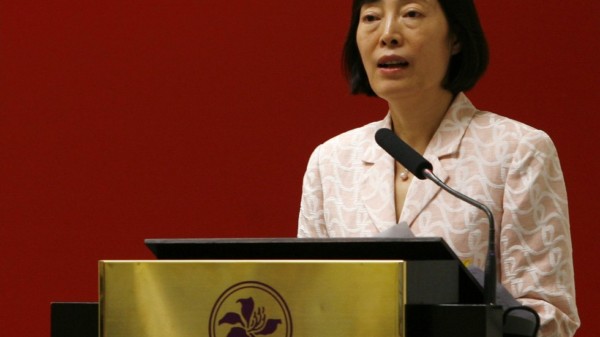China’s overseas direct investments have shifted towards Europe starting with H1 2018. The value of Chinese new mergers and acquisitions projects in Europe exceeds USD 22 billion; while completed investments in the region have reached values 5 times higher than in North America.

The European legal and political environment facilitates the development of high tech and industrial assets which match the Chinese foreign investments framework. However, economic sectors such as infrastructure, biotech, health, automobiles and consumer products and services remain top priorities for China’s foreign direct investments.
Although China’s geographic focus has changed, it plays a crucial role in steering the global economy through its investment programs.
Black Swans and Grey Rhinos?
Since the change in China’s leadership in 2017, the financial governance has been subject to domestic financial volatility. Unpredictable risks – Black Swans – and obvious yet ignored threats – Grey Rhinos – are likely to dominate China’s national financial environment this year. China will focus on reducing risks in 2018 by remaining highly vigilant and enhancing its sense of urgency.
During 2017, S&P and Moody’s downgraded China’s sovereign credit rating due to worries about the fast build-up in debt after a long period of using credit facilities to meet economic targets. However, China’s finance ministry accuses the rating agencies of ignoring the economic principles and potential of China as the second largest economy in the world.
China to Re-Shape the Global Economy
Despite its domestic financial conditions, China investments remain a strong force in shaping the global economy. Chinese FDI (foreign direct investment) projects can change the world economy in three ways, namely, by transforming the global value chain, by elevating the power of China-based companies and through technology transfers.
The International Capacity Cooperation policy is driving outward strategies for China investments such as the Belt Road Initiative (BRI). The program is meant to develop global infrastructure and create a large range of transport links throughout Asia, the Middle East, Europe, and Africa. Beijing’s list of supported and encouraged foreign direct investments include both infrastructure and natural resources, which surges Chinese companies’ inclination to invest in these sectors.
Chinese FDI will continue to transform the global market by empowering the growth of Chinese based companies. Sustained foreign investments will increase the power of Chinese companies due to global markets providing growth opportunities through transfers of knowledge and technology.
High-tech and advanced production sectors are also on the list of Beijing’s encouraged investments. Although such investments will raise the competitiveness of Chinese companies, they’ll also spark geopolitical tensions in the targeted countries.
Many governments are worried about the influx of Chinese investments in the infrastructure, high-tech and natural resources sectors. The European Commission has initiated the development of screening programs related to investments in these strategic sectors and the United States has engaged stringent reviews of inward FDI.

Hu Xiaolian, Head of EXIM Bank
China’s Eximbank, governed by Ms. Hu Xiaolian, has reshaped its operations last year and was granted a clear path to lead China’s overseas investments policy. The target is to redirect China’s outward direct investments towards higher quality assets in the Belt and Road Initiative related economy sectors such as industrial and technology assets.